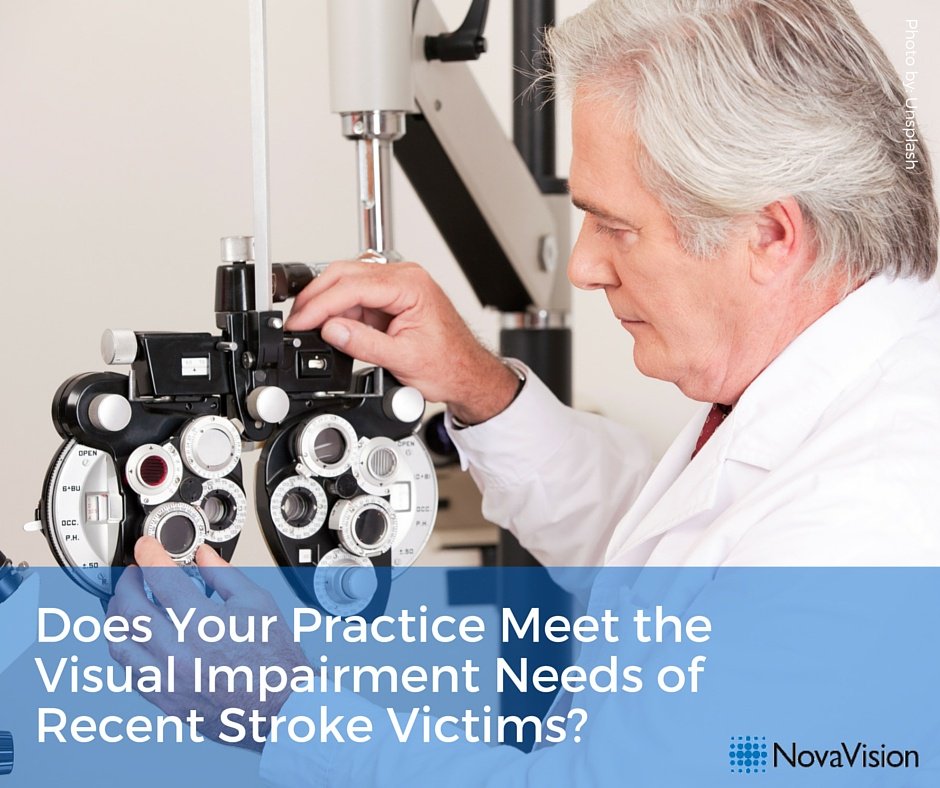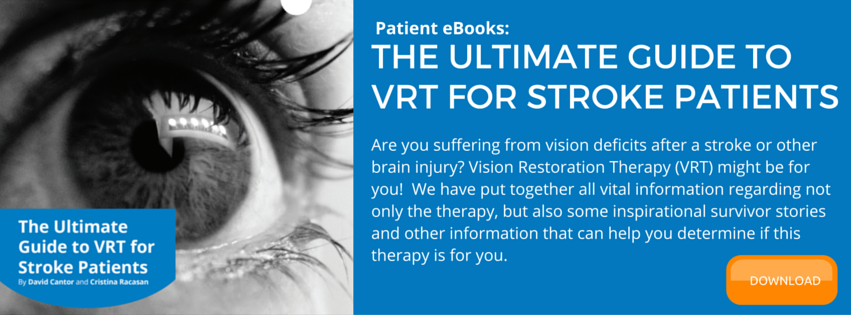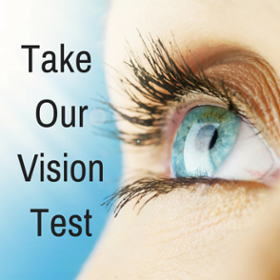Stroke victims often struggle with cognitive and communication challenges, which may include limited mobility and difficulty reading, and that can affect the people around them as well. For example, these side effects make it difficult for patients to accurately communicate their visual challenges to the medical professionals charged with their rehabilitation.
These symptoms often make it challenging for physicians provide them with the best treatment possible.
 According to a recent study published in last month’s Journal of Stroke and Cerebrovascular Diseases, there are notable disparities in the vision care being provided to stroke survivors in the UK, and that further work is required by medical professionals to provide successful care.
According to a recent study published in last month’s Journal of Stroke and Cerebrovascular Diseases, there are notable disparities in the vision care being provided to stroke survivors in the UK, and that further work is required by medical professionals to provide successful care.
Although the study was done in the UK, it is imperative that the US medical community takes note, especially with strokes being one of the leading causes of death in the United States. According to the CDC, the CDC, there are 795,000 strokes a year which kill nearly 130,000 Americans annually.
60% Of Stroke Survivors Suffer From Visual Impairment Immediately After A Stroke
The purpose of this recent study was to take a closer look at the type of care medical professionals were providing stroke victims for the visual complications they suffer from after a stroke. This research was led by Dr. Fiona Rowe, Reader in Health Services Research at the University of Liverpool, and funded by the Stroke Association and Thomas Pocklington Trust.
The study estimates that 60% of stroke survivors suffer from visual impairment immediately after a stroke, with the numbers reducing to 20% three months after the medical event.
Although vision impairment is only one of the major consequences of a stroke, the high percentage of survivors suffering has drawn more and more attention from the medical community in recent years. With specific symptoms varying from patient to patient, visual side effects can include impaired central vision, impaired peripheral vision, abnormalities in eye movement, and various visual perception disorders. These are all disabilities that can have a material impact on a patient’s normal daily life activities.
Study: Patient’s Needs Does Not Meet Current Treatment Options
In addition to the potential breakdown in communication between the patient and professional, the study also found major gaps in accessibility to vision treatment for stroke victims across the UK. Although national guidelines recommend a specialist for stroke victims perform a visual assessment, particularly those suspected to be suffering from vision loss, these screenings are not routine.
Also, the study found that in a survey of Orthoptists, 45% of the services being provided to post-stroke victims included no formal visual assessment. In fact, screening tools for detecting these most common visual problems were only being used by 22% of the 548 professionals surveyed.
If you’re looking for knowledge that will empower your practice to deliver a rewarding patient experience, then take advantage of this information and keep your practice from falling within the 78%.
The research done for this study should serve as a valuable tool for medical professionals everywhere to help mold the care being provided to stroke survivors, and make certain that those suffering can make the strongest recovery of their vision possible.
What Are The Next Steps For The Medical Community To Facilitate The Best Results For Stroke Patients?
First, professionals must get on the same page about patient care. According to the study, there were troubling variations on exactly who takes responsibility for vision screening after a stroke. The ideal scenario would be the Orthoptists performing first-hand vision screenings within the stroke unit. A favorable alternative would be appropriate teams being provided with Orthoptic-lead training on screening and referrals for visual problems.
The study also included a survey of best practices in post-stroke vision care in Scotland and produced some recommendations. These proposed best practices include formal stroke team training, an orthoptic assessment within one week of stroke onset, a minimum of two orthoptic sessions per week, and open communication between eye care and stroke teams – just to name a few. Other gaps in providing the best care possible included lack of staff, lack of training, and lack of funding.
Although some of these obstacles may be out of the hands of any individual, the entire medical community can quickly increase the quality of care provided to post-stroke victims in recovering their eyesight. By being proactive early on, developing best practices and processes for care, and providing patients with the educational materials available medical professionals can all work together to fill the gaps in post-stroke vision care for patients everywhere.



